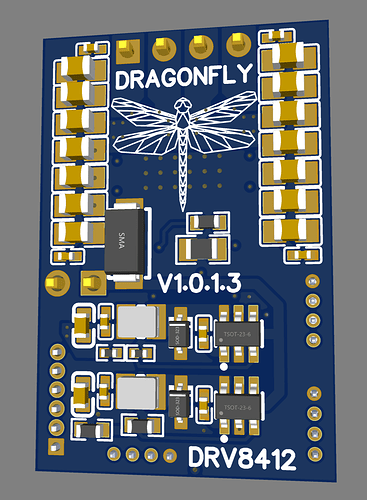@slomobile
That’s extremely challenging. I will watch this and hopefully learn.
I designed a generic board like that, but it came out really expensive. This is the board:
If you are interested, I could open the design. Check out this thread.
Question, do you have anything to do with SLO Cal Poly? Or slomobile is just something else?
Cheers,
Valentine
1 Like

